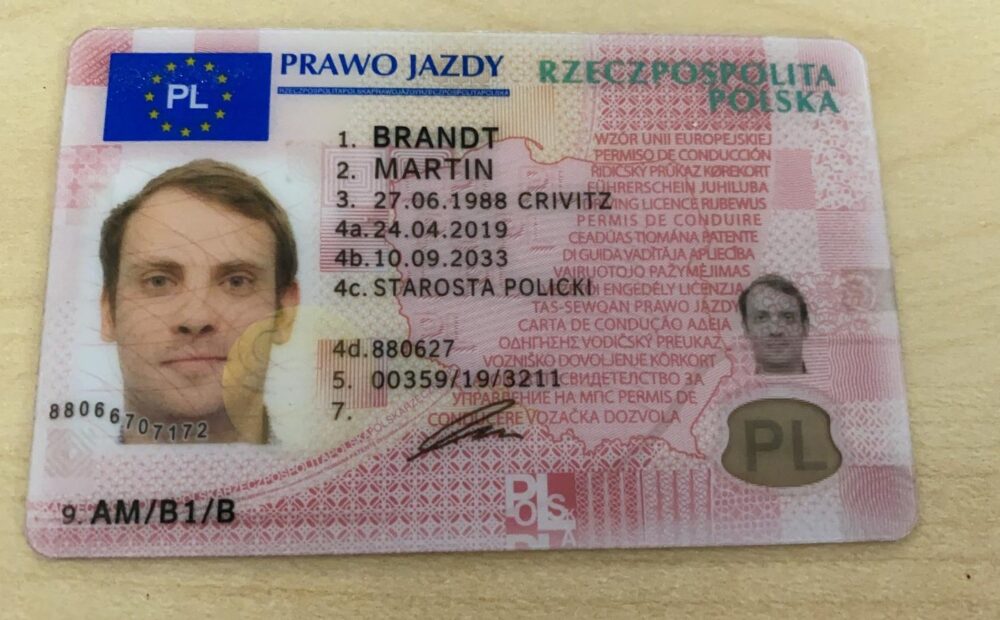The Evolution of Driving License Storage: A Comprehensive Guide
In the ever-evolving landscape of technology and administration, the method we handle and save our driving licenses has actually undergone significant changes. From standard paper cards to digital formats, the journey of driving license storage reflects more comprehensive trends in identity management and security. This short article looks into the history, present practices, and future prospects of driving license storage, offering a detailed overview for both people and policymakers.
A Brief History of Driving Licenses
The concept of a driving license dates back to the early 20th century when cars started to gain popularity. Initially, driving licenses were basic notepads or metal plates released by local authorities. These early licenses were often handwritten and did not have the security features we consider granted today.
As the variety of automobiles on the roadway increased, so did the need for more standardized and safe and secure licensing systems. By the mid-20th century, lots of countries had embraced plastic cards with printed information and basic security features such as holograms and watermarks. These cards were more long lasting and more difficult to create, however they still had limitations.
Current Practices in Driving License Storage
Today, driving licenses are normally stored in a combination of physical and digital formats. Here's a closer look at the current practices:
Physical Licenses
- Plastic Cards: Most countries provide driving licenses in the kind of plastic cards. These cards are long lasting and consist of a series of security features to prevent counterfeiting.
- Holograms and Microprinting: Modern licenses typically incorporate holograms and microprinting, which are challenging to replicate without specialized equipment.
- Barcodes and QR Codes: Many licenses now include barcodes or QR codes that can be scanned to validate the authenticity of the document and access extra info.
Digital Licenses
- Mobile Apps: Some countries have actually presented digital driving licenses that can be kept on smart devices. dokumenty do prawa jazdy supply a safe and secure and hassle-free way to bring and present a driving license.
- Blockchain Technology: Blockchain is being checked out as a method to develop tamper-proof digital driving licenses. This technology ensures that the info is immutable and can be confirmed without the need for a central authority.
- Cloud Storage: Some jurisdictions are experimenting with cloud-based systems where driving license details is saved and accessed through safe online websites.
Benefits and Challenges of Modern Driving License Storage
The transition to contemporary driving license storage approaches brings numerous advantages and challenges:
Benefits:
- Convenience: Digital licenses can be quickly accessed and presented using a mobile phone, eliminating the requirement to carry a physical card.
- Security: Advanced security functions and digital verification methods make it more difficult to forge or alter driving licenses.
- Effectiveness: Digital systems can enhance the process of issuing and renewing licenses, lowering administrative burdens and wait times.
Challenges:
- Digital Divide: Not everybody has access to a mobile phone or the internet, which can produce disparities in who can take advantage of digital licenses.
- Privacy Concerns: Storing personal information in digital formats raises concerns about data personal privacy and security.
- Technical Issues: Digital systems can be susceptible to technical failures, such as server outages or app crashes, which can render a digital license temporarily unusable.
Future Prospects
The future of driving license storage is most likely to be formed by ongoing technological advancements and altering societal needs. Here are some potential advancements:
- Biometric Integration: Biometric information, such as fingerprints or facial acknowledgment, could be incorporated into driving licenses to improve security and personal identification.
- Smart Contracts: Blockchain-based clever contracts could automate the process of license renewal and validation, making it more effective and transparent.
- International Standardization: As more nations adopt digital driving licenses, there may be a push for worldwide requirements to ensure interoperability and shared recognition.
Frequently asked questions
Q: What are the main security features of modern-day driving licenses?
- A: Modern driving licenses often include holograms, microprinting, barcodes, and QR codes. These functions make it hard to create or alter the license.
Q: Can I utilize a digital driving license instead of a physical one?
- A: It depends on the jurisdiction. Some countries permit digital licenses to be used in location of physical ones, while others need both. Constantly examine local policies.
Q: What should I do if I lose my driving license?
- A: If you lose your driving license, you should report it to the relevant authority immediately. They will guide you through the procedure of obtaining a replacement.
Q: Are digital driving licenses secure?
- A: Digital driving licenses are typically safe and secure, but they are not unsusceptible to technical issues or hacking. Most jurisdictions use file encryption and other security procedures to secure the information.
Q: How can I safeguard my privacy with a digital driving license?
- A: To protect your privacy, use strong passwords, make it possible for two-factor authentication, and be mindful about sharing your digital license details. Additionally, remain notified about the data privacy policies of the app or service you use.
The advancement of driving license storage is a testimony to the ongoing advancements in technology and administration. While physical licenses remain a typical kind of identification, the rise of digital licenses provides new levels of convenience and security. As innovation continues to advance, the future of driving license storage is likely to end up being much more integrated and efficient, benefiting both people and society as a whole.

